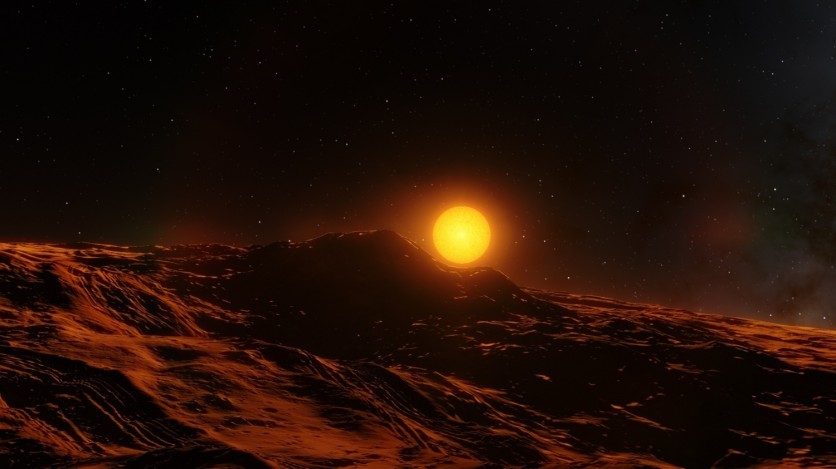For the first time ever, gas was discovered in a circumplanetary disk of gas by scientists using the National Radio Astronomy Observatory (NRAO) and the Atacama Large Millimeter/submillimeter Array (ALMA).
According to a press release, they also discovered during their observations some indications of a young exoplanet.

Newborn Planets
The accumulation of gas, dust, and debris surrounding newborn planets is known as a circumplanetary disk. The development of young, huge planets is governed by these disks, which also produce moons and other small, rocky objects, as noted by NRAO.
The development of our own Solar System, as well as the formation of Jupiter's Galilean moons, which are thought to have originated in a circumplanetary disk of Jupiter some 4.5 billion years ago, may be better understood by looking at these disks in their early phases.
Galilean moons of Jupiter, which are used as a basis of reference by scientists, are believed to have formed in a circumplanetary disk some 4.5 billion years ago.
When the gas in a circumplanetary disk was initially discovered, researchers were looking at a young star known as AS 209. It is around 395 light-years away from Earth and may be found in the constellation Ophiuchus.
They observed the gas surrounding the star and spotted a ball of light in what was supposed to be an empty space. As a result, the circumplanetary disk, which may be encircling a planet with the mass of Jupiter, was discovered.
Hence, scientists are investing great interest in the age of the star and the distance between the planet and its star.
Read also : NASA's James Webb Space Telescope Finds A New 'Brown Dwarf' 30 Times Larger Than Jupiter!
One of The Youngest Ones Ever
The exoplanet lies more than 18.59 billion miles (200 astronomical units) from its host star, which defies conventional theories about how planets are created.
Furthermore, the host star is thought to be 1.6 million years old, making the discovered exoplanet one of the youngest ones ever. However, further research is still required, and the scientists who made the new observations intend to use the James Webb Space Telescope to carry out a follow-up investigation.
This might enable them to learn more about the circumplanetary disk and establish the presence of the exoplanet with a mass comparable to Jupiter.
It is worth noting that a circumplanetary moon-forming disk was also discovered for the first time ever in 2019 as ALMA was employed to observe the exoplanet PDS 70c.
With the powerful capabilities of the newly-minted Webb telescope, it will also aim to discover exoplanets. Hence, it could verify this recent discovery is one of the youngest planets ever in the cosmos.
"The best way to study planet formation is to observe planets while they're forming. We are living in a very exciting time when this happens thanks to powerful telescopes, such as ALMA and JWST," Jaehan Bae said, who is an astronomy professor at the University of Florida and the study's primary author,
Related Article : NASA's Hubble Space Telescope Captures 'Butterfly Nebula' In Stunning Motion | Fun Facts About This Beautiful Space Butterfly
This article is owned by Tech Times
Written by Joaquin Victor Tacla
ⓒ 2025 TECHTIMES.com All rights reserved. Do not reproduce without permission.




